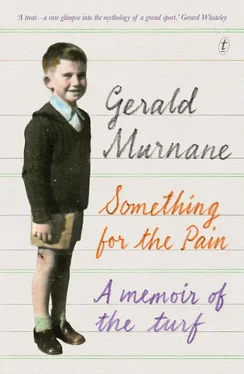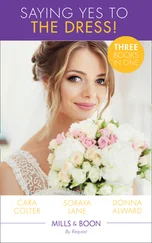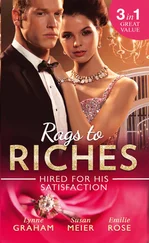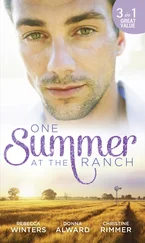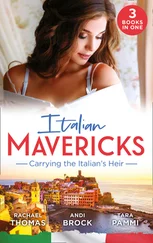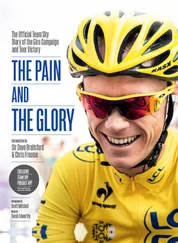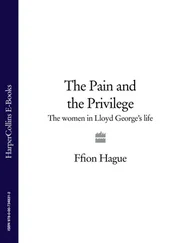Racing colours for me are not unlike national flags or heraldic coats of arms. The colours of many a flag are intended to suggest the hopes or beliefs of the nation it represents or, sometimes, landscapes or waterways. Likewise, coats of arms often speak of the history or of the achievements of their bearers. My interpretations of racing colours might seem arbitrary or fanciful to many but they have their own consistency — while my beliefs about colour have grown more complicated over time, the basics were established during my childhood.
The first colours that I saw were those of the trainer of harness horses Clarry Long, who was mentioned, along with his colours, in an earlier section. The first set that I handled were those carried by a horse named Zimmy that my father owned and trained for a few months in Bendigo, in the mid-1940s. My father, who was mostly short of money, had scrounged the colours from someone who no longer needed them and had registered them in his own name. They appeared in race books as Yellow, purple armbands and cap, but according to my strict rules in these matters they should have been described as Yellow, violet hooped sleeves and cap. I enjoyed the feel of the fabric and I admired the way it was stretched over the buttons on the jacket, but I was less attracted to the colours and design than I had been to Clarry Long’s brown with pale-blue stars and, although I have no memory of it, I feel sure that I must have used my school pastels sometimes to design jackets and caps of various arrangements of brown and pale blue, wondering as I did so why the two colours together affected me as they did.
The first illustration of racing colours that I saw was on a small glossy poster that fell out from between the pages of the Leader , a long-defunct weekly magazine produced by the publishers of the Age as a rival to the Weekly Times . The poster celebrated the achievements of Bernborough and showed the big bay horse with jockey up and wearing the colours of Azzalin Romano, who owned Bernborough late in his career. This was perhaps the first of many instances in my life when I’ve been much more affected by an illustration of something or a written account of something than by the thing itself. This was in the 1940s, when coloured illustrations often seemed more like paintings than reproductions of photographs, and the rich tints of the poster affected me much more than had the sight of Clarry Long’s jacket or the feel of Zimmy’s yellow and violet.
Mr Romano’s colours were Orange, purple sleeves, black cap. Now, even though Bernborough is my all-time-favourite horse, I maintain that I would have been drawn to the orange and purple and black no matter what horse had carried them. Many years after both Bernborough and Mr Romano were dead, the colours were re-registered in the name of Sir Tristan Antico, like Romano a successful businessman of Italian descent. Sir Tristan owned some very good horses but many moderate performers also. Almost every week at the races I saw his colours going around, as they say, and I never failed to admire them and to feel again some of the attraction that they had for me long before. Part of the attraction comes from the simple tripartite design. There are no spots or checks or diamonds clamouring for attention — only three zones of uniform colour, each quietly influencing the appeal of the other. At the risk of baffling, or even amusing, some readers, I will try to put into words my reaction to the colours. I associate the orange and the purple and the black with quiet confidence, with dignity, and with unshakeable resolve.
Only one other set of colours has affected me in somewhat the way that I’ve been trying to describe. I never actually saw the colours; I only read them from a race book. In the 1950s, when most colours in Victoria were dull and predictable, a horse named Nitro was entered at a meeting that I attended at Warrnambool. The horse was scratched from its race, and I don’t recall hearing of it again or of any other horse with the same colours. I owned a set of coloured pencils by then and used them often to illustrate Nitro’s colours and to ponder over them and delight in them: Grey, orange sleeves, red armbands and cap.
Nitro’s were far from being the only colours that I illustrated with coloured pencils. All through the 1950s, and at intervals since, I’ve felt a need to produce coloured miniatures of actual sets of colours that I’ve seen or read about or of sets that I myself have designed. In the early years, I had no other motive than to see in front of me and to enjoy the immense variety of racing colours, whether actual or imagined. In time, however, I understood that I was engaged in a serious task: I was searching for my ideal colours, for the unique combination that could represent me to the world. I’ve preserved most of the many hundreds of colours that I tried on, as you might say. In early years, I strove to be original. Many of my designs used diagonal stripes, which were extremely rare but later became almost fashionable. If Pablo Picasso went through a Blue period, I once went through a green-and-blue period. Like diagonal stripes, green and blue were rarely seen together although, like diagonal stripes, they later became widely used. In fact, I would have gone through many more periods than did Picasso before I settled, nearly thirty years ago, on the combination of brown and lilac. Those are my colours to this day, but I have never yet settled on a satisfactory design.
I described the task as serious, and I do take it seriously. I’ve devoted myself to horse racing as other sorts of person devote themselves to religious or political or cultural enterprises, although I hope I can still make a joke at my own expense. I read once that certain musical compositions (by Bach? by Beethoven? I forget) sounded like the efforts of the human soul to explain itself to God. If ever I find my perfect combination of brown and lilac, I’ll feel as though I’ve thus explained myself. But I seem destined never to find my perfect set of colours. Is this because I’ve deluded myself for most of my life? Are racing colours not half so eloquent as I’ve always believed? Or, is my soul too much of a mess for explanation?
ACCORDING TO MY fifty-years-old Times Atlas of the World , Pavia is a town or city about forty kilometres south of Milan. The same name, Pavia, belongs also to a dot on the map about ninety kilometres east of Lisbon. However, when a man named Jack Casamento calls one of his horses Pavia we can surely assume that he wants to commemorate the Italian rather than the Portuguese place.
Pavia (Dark-blue-and-pink diagonal stripes) first came to my notice when he won a restricted race at a summer meeting at Warrnambool in the late 1950s. The horse’s form before the race had been moderate, and he had started at about twelve-to-one. About twenty minutes after the race, when the placegetters and the also-rans had all been returned to their stalls, I saw a swarthy grey-haired man collecting a wad of ten-pound notes from a rails bookmaker. I followed the man and saw him collect a similar wad from each of two other bookmakers, and I had no doubt that I was watching the owner-trainer of Pavia. I’ve always enjoyed whatever glimpses I could get of the ways of racing folk, and so I followed Jack Casamento and watched from afar while he and a stable hand rubbed down the horse Pavia, packed up their gear, and then led the horse out towards the car park. Jack’s natural expression seemed to be a scowl, and I decided he would have been a tough man to deal with, both on and off the racecourse.
My father’s younger brother Louis, who was mentioned in an earlier section, lived in or near Warrnambool all his life. I learned from him later that day that Jack Casamento had made his money as a wholesale dealer in fruit and vegetables. Several times weekly, he bought a truckload of greengroceries at the big wholesale market in Melbourne, drove the stuff to Warrnambool, and then sold it there to greengrocers and mixed businesses. Louis then announced two other interesting things about the owner-trainer of Pavia.
Читать дальше
